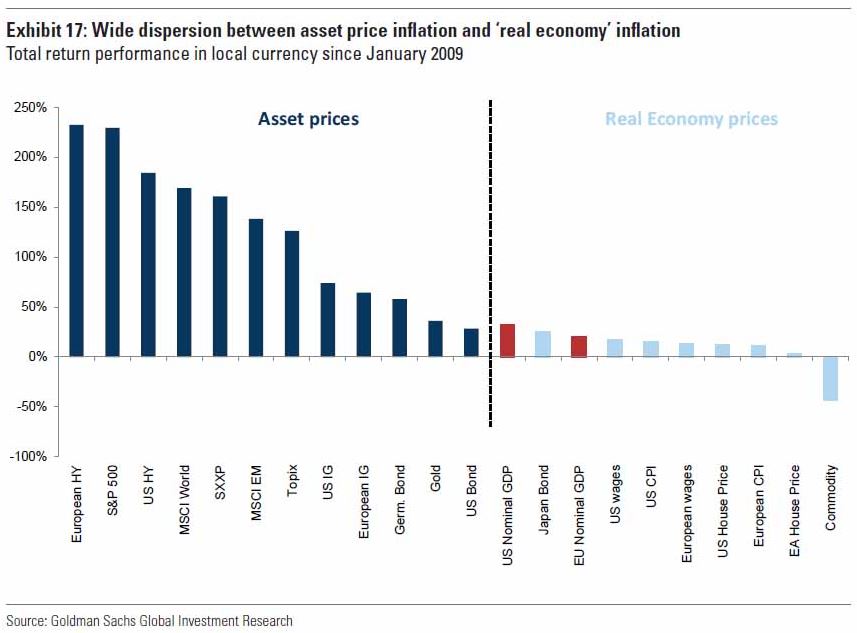Here’s one statistic about the US economy that you probably won’t find in President Trump’s twitter feed.
Thanks to a surge in homelessness centered around several large west coast cities, the overall rate of homelessness in the US ticked higher this year, the first increase since 2010, according to a survey from the Department of Housing and Urban Development.
The U.S. Department of Housing and Urban Development released its annual Point in Time count Wednesday, a report that showed nearly 554,000 homeless people across the country during local tallies conducted in January. That figure is up nearly 1 percent from 2016.
Of that total, 193,000 people had no access to nightly shelter and instead were staying in vehicles, tents, the streets and other places considered uninhabitable. The unsheltered figure is up by more than 9 percent compared to two years ago.
Increases are higher in several West Coast cities, where the explosion in homelessness has prompted at least 10 city and county governments to declare states of emergency since 2015.
The homelessness crisis is only one byproduct of the burgeoning wealth inequality in the US caused by the Federal Reserve’s decision to pump trillions of dollars of “stimulus” into the markets.
Central-bank money printing has caused asset valuations to balloon while wages for everyone but the most highly skilled workers have stagnated, as the chart below illustrates.

Ironically, the primary culprit that city officials and advocates for the homeless cite as the reason behind the spike in homelessness is a strong regional economy that’s helped drive housing prices to record highs – of course, rock-bottom interest rates have made it cheaper to borrow and obtain mortgages.
All of this is helping driving up rents across every segment of the real-estate market – particularly in trendy urban areas like LA, San Francisco and Seattle.












Leave A Comment